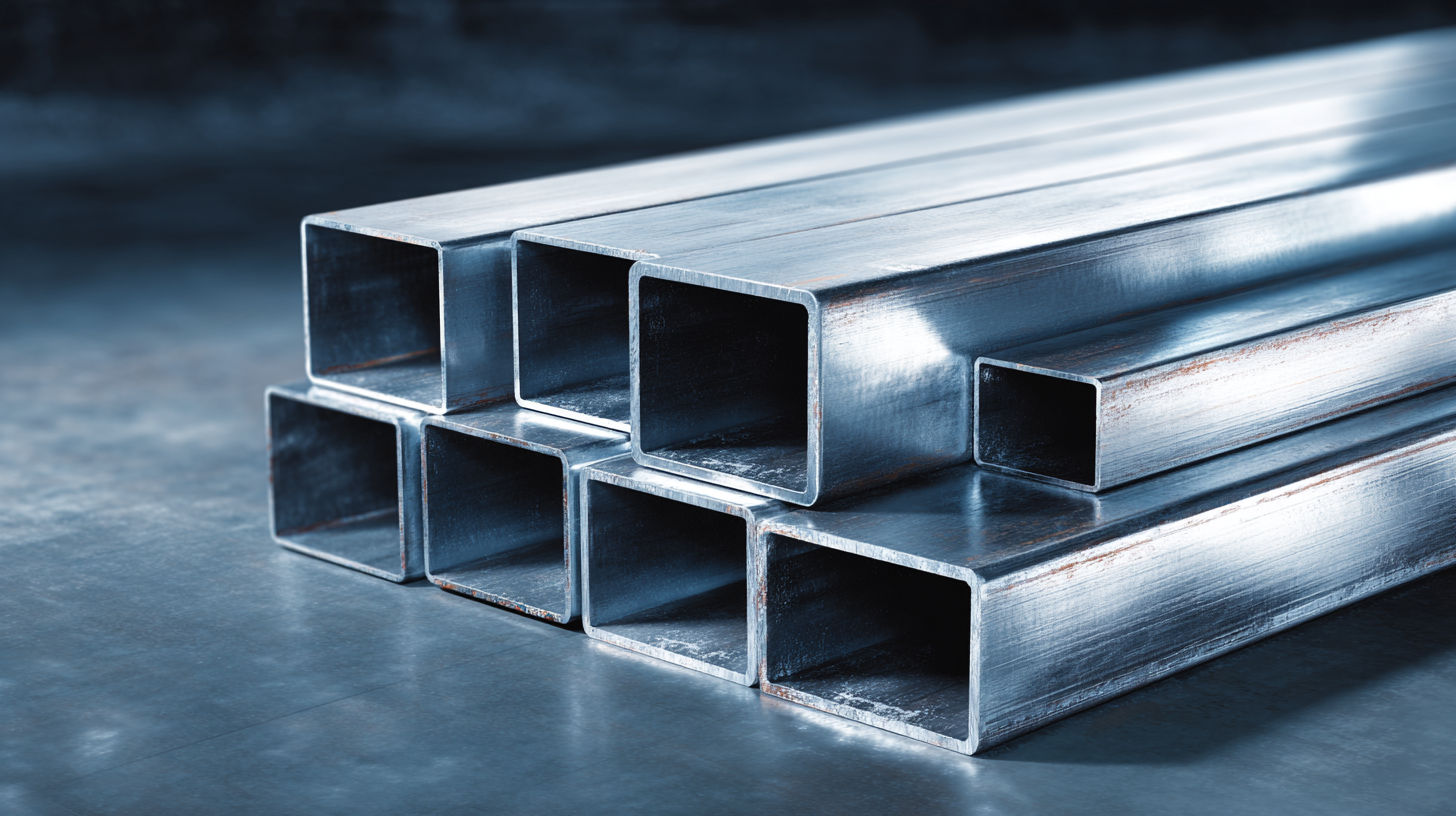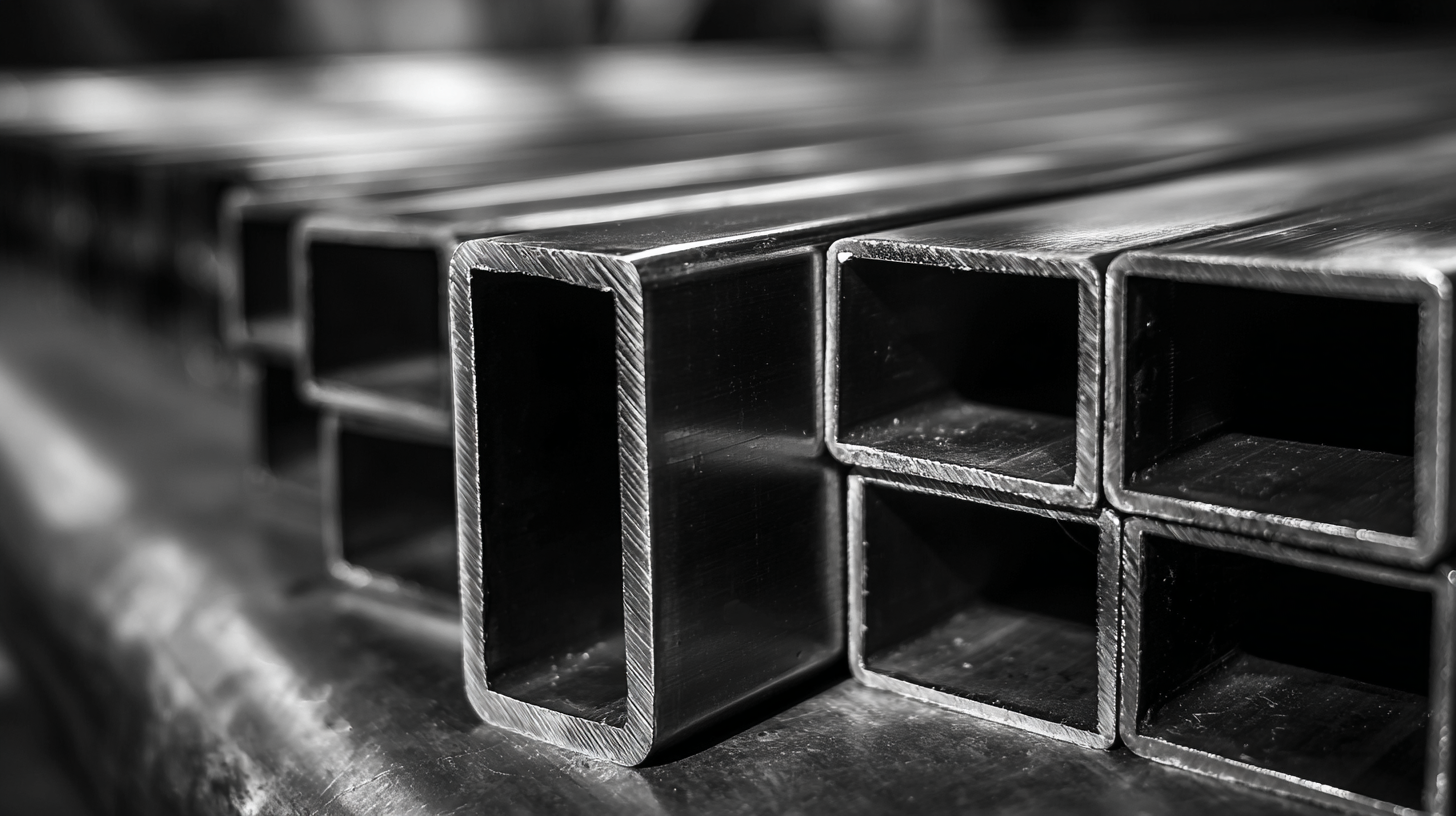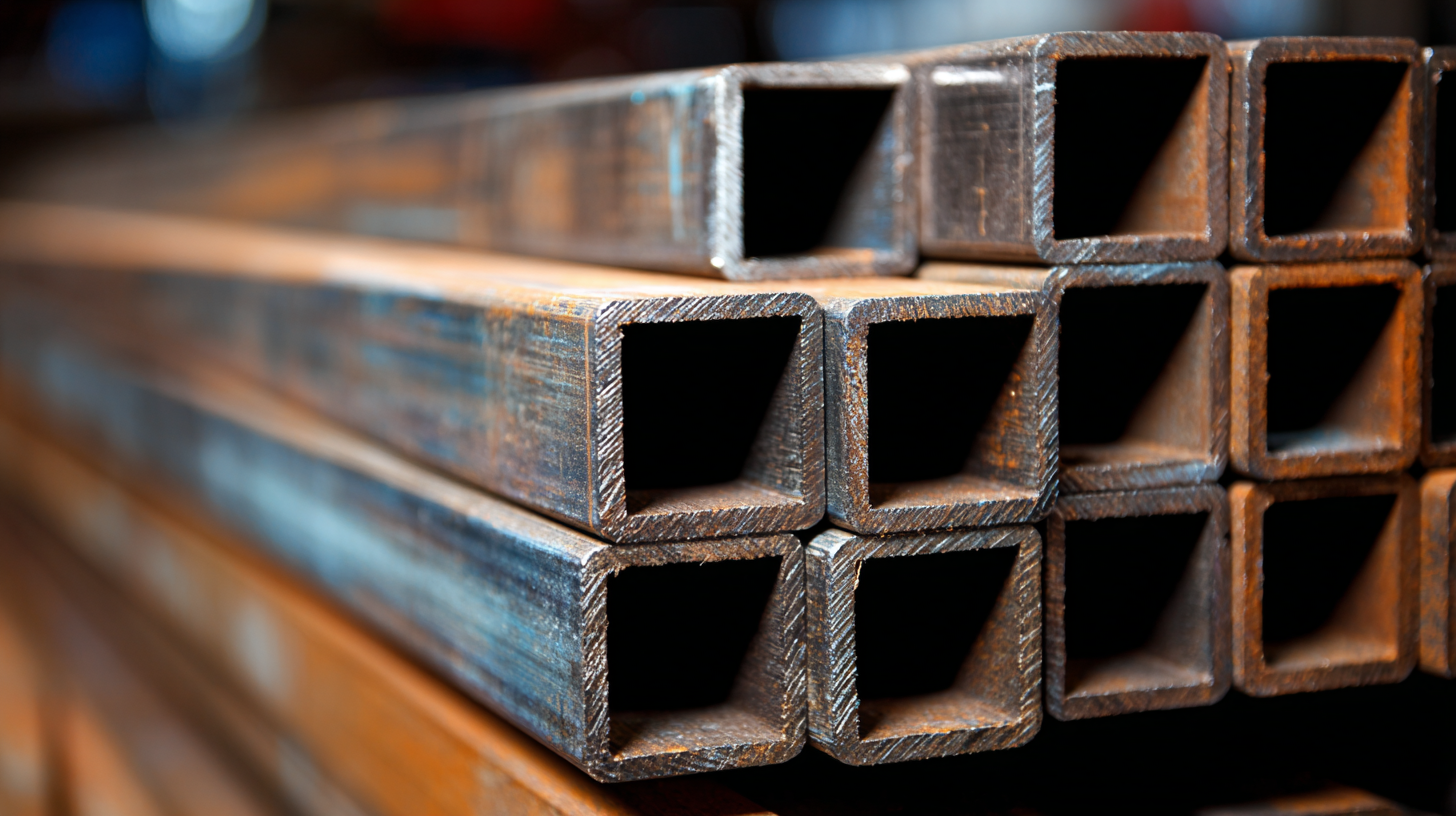
-
Home
-
Products
-
About Us
-
News
-
Blog
-
Video
-
Contact
Leave Your Message

The selection of the right Rectangular Carbon Tube can significantly impact the success of a wide range of projects, from aerospace applications to custom automotive builds. According to a report by MarketsandMarkets, the global carbon fiber market is projected to grow from $3.2 billion in 2020 to $5.2 billion by 2025, highlighting the increasing demand for high-strength, lightweight materials in various industries. With the distinct advantages offered by rectangular carbon tubes, such as enhanced structural integrity and weight reduction, it becomes essential for engineers and designers to navigate the selection process carefully. Factors such as material strength, dimensions, surface finish, and manufacturer expertise play crucial roles in ensuring that the chosen tube meets project requirements. This comprehensive tutorial aims to guide you through the key considerations and solutions for selecting the best rectangular carbon tube for your specific needs.

When selecting a rectangular carbon tube for your project, several key factors should guide your decision-making process. First and foremost is the tube's dimensions and wall thickness. Depending on the structural requirements of your application, you'll need to ensure that the tube's size can adequately support the intended load while fitting into the available space. A thicker wall may provide additional strength but could also add undesirable weight, so it's essential to balance these parameters.
Another crucial factor is the carbon fiber grade used in the tube's construction. Higher-grade carbon fibers offer improved tensile strength and stiffness, which are advantageous for projects demanding high performance. Additionally, consider the tube's weight-to-strength ratio, as this will directly influence your project's efficiency and overall cost. Lastly, assess the manufacturing process, as this can affect the material properties and finish of the tube, potentially impacting its performance in specific environments. By carefully weighing these considerations, you can select the best rectangular carbon tube that meets your project's unique needs.
This bar chart illustrates important factors to consider when selecting rectangular carbon tubes for your project. Each factor is assessed on a scale from 1 to 10, with 10 being the highest priority.
When selecting a rectangular carbon tube for your project, it is vital to understand the various types available and their unique applications. Carbon tubes are commonly categorized by their manufacturing methods, such as pultruded, rolled, or molded.
 Pultruded carbon tubes, known for their uniformity and high strength-to-weight ratio, are ideal for structural applications, including aerospace and automotive components. In contrast, rolled carbon tubes offer more flexibility in terms of shape and size, making them suitable for custom projects and artistic installations.
Pultruded carbon tubes, known for their uniformity and high strength-to-weight ratio, are ideal for structural applications, including aerospace and automotive components. In contrast, rolled carbon tubes offer more flexibility in terms of shape and size, making them suitable for custom projects and artistic installations.
Another essential factor to consider is the specific properties required for your application. For instance, if your project demands high stiffness and resistance to deformation, a carbon tube with a high modulus of elasticity is crucial. Additionally, consider the environment in which the tube will be used—if it will be exposed to moisture or chemicals, selecting a carbon tube that offers corrosion resistance is key. By assessing your project requirements and understanding the different types of rectangular carbon tubes, you can make an informed decision that enhances the success of your project.
When embarking on a project that requires rectangular carbon tubes, accurately measuring and calculating the correct dimensions is crucial. The first step is to clearly define the requirements of your project. Consider the intended use, load-bearing capacity, and any environmental factors that may influence your choice of material. Ensure you have a precise understanding of the structural needs, as this will guide you in determining the length, width, and height of the carbon tube required for optimal performance.
Next, it’s important to take accurate measurements. Use a caliper or a reliable measuring tape to gauge the existing components if you're replacing a tube. For custom applications, sketch out your design and use geometric principles to calculate the dimensions. Keep in mind factors like wall thickness, as it can significantly impact the tube's overall strength and weight. Additionally, consider how the dimensions will affect the tube’s integration into your project, especially in terms of connectivity and attachment methods. Taking the time to meticulously measure and calculate these dimensions will ultimately lead to a successful and efficient project outcome.
When selecting a rectangular carbon tube for your project, price and quality are two of the most critical factors to consider. It can be tempting to go for the cheapest option available, but this often leads to compromises in performance and durability. High-quality carbon tubes offer superior strength-to-weight ratios, better resistance to environmental factors, and enhanced longevity. This makes them a worthwhile investment, especially for projects where structural integrity is paramount.

To find the best value for your budget, it's important to compare various manufacturers and their offerings. Look for detailed specifications that outline the tube's tensile strength, flexural modulus, and the type of resin used. Additionally, online reviews and customer testimonials can provide insights into the real-world performance of specific products. Don’t forget to consider the manufacturer’s reputation and warranty options, as these can be indicative of both quality and customer service. By carefully weighing these factors, you can identify carbon tubes that not only fit your financial plan but also meet the demands of your project.
When searching for the best rectangular carbon tubes for your project, identifying reliable suppliers is crucial. According to a recent market report by ResearchAndMarkets, the global carbon fiber market is expected to grow from $3.3 billion in 2021 to $8.5 billion by 2026, primarily driven by advancements in aerospace and automotive industries. This increasing demand signifies that sourcing quality materials from reputable suppliers can significantly enhance the performance and durability of your applications.
Top suppliers you should consider include Toray Industries, Hexcel Corporation, and Mitsubishi Chemical carbon fiber division. These companies not only provide a diverse range of sizes and specifications but also adhere to international standards for quality and processing. Additionally, platforms such as Alibaba and ThomasNet showcase various manufacturers offering high-performance rectangular carbon tubes, ensuring buyers can compare prices and customer reviews effectively. With reliable suppliers at your disposal, you can optimize your carbon tube selection for applications in structural engineering, sporting goods, or even high-performance automotive components.